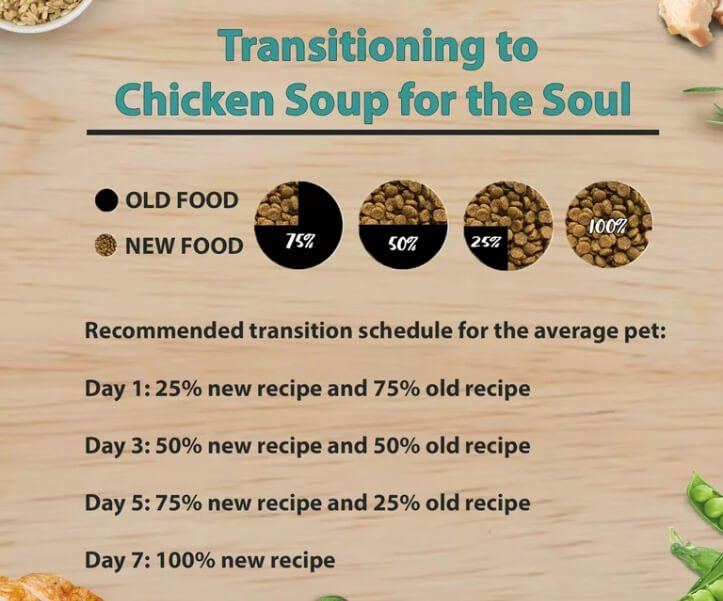How to Change Your Cat’s Food?

Unlock the secret to a purr-fect transition – discover the ultimate guide to safely revolutionize your feline’s food habits!
Table of Contents
Is your furry feline friend in need of a dietary change? Transitioning your cat’s food can be a delicate process that requires careful planning and consideration. In this curated guide, we will walk you through the steps to ensure a successful transition, keeping your cat’s health and happiness in mind every step of the way.
Assessing the Need for Change
Before diving into the transition process, it’s important to assess whether a dietary change is necessary for your cat. Keep an eye out for signs such as vomiting, diarrhea, excessive fur shedding, or a lack of energy. If any of these symptoms persist, it may be time to consult your veterinarian.
Common reasons for changing your cat’s food include a desire to provide better quality nutrition, addressing specific health concerns, or adjusting their diet as they age. Remember, seeking professional advice from your veterinarian is crucial before making any changes to your cat’s diet.

Researching the Ideal Food Replacement
When it comes to choosing the ideal food replacement for your cat, quality is key. Opt for a cat food brand that meets the nutritional standards and provides a well-balanced diet. Factors such as your cat’s age, breed, and any existing health conditions should be taken into consideration. Consulting with your vet will help you determine the most suitable options.
Consider different types of cat food available, such as dry kibble, wet canned food, raw food, or even homemade meals. Each type has its own advantages and disadvantages. Dry kibble is convenient and promotes dental health, while wet canned food can help cats with urinary issues stay hydrated. Raw food diets mimic a feline’s natural diet, but require careful handling to prevent contamination. Homemade meals offer full control over ingredients, but require careful research and balance.
Preparing for the Transition
Planning ahead is essential to make the transition as smooth as possible. Gradual changes over time are less likely to upset your cat’s digestive system and increase the likelihood of them accepting the new food. Creating a well-thought-out transition schedule will save you and your feline friend from unnecessary stress.

Start by mixing a small portion of the new food with the old food, gradually increasing the proportion of the new food over several days. Monitor your cat’s reaction throughout the process, ensuring they are eating and not experiencing any adverse effects. Don’t rush this step; patience and consistency are key.
Introducing the New Food
As you begin introducing the new food, there are a few helpful tips to keep in mind. The first few days, aim to have the new food make up around 25% of the meal, increasing to 50% and then to 75% over the course of one to two weeks. Finally, make the complete switch to the new food after monitoring your cat’s health and acceptance of the new diet.
It’s important to note that some cats may be more resistant to change than others. If you face any challenges, consider enticing your cat with treats or warming up the new food to make it more appealing. Patience and perseverance will go a long way in ensuring a successful transition.
Monitoring the Transition
Throughout the transition process, closely monitor your cat’s overall health. Keep an eye out for any signs of digestive issues such as vomiting, diarrhea, or an upset stomach. Some cats may experience mild digestive discomfort during the adjustment period, but if symptoms persist or worsen, it’s best to consult your veterinarian.
Additionally, in some cases, the new food may not be well-suited to your cat. It’s important to recognize the signs of food allergies or intolerances, such as excessive itching or gastrointestinal disturbances. In such instances, seeking veterinary advice and exploring alternative options may be necessary.
Navigating Potential Challenges
Transitioning your cat’s food can come with a few challenges. Some cats may refuse to eat the new food, while others may experience digestive upsets. Encourage your cat to eat by offering small portions of the new food throughout the day. If they still resist, consider mixing in a small amount of their favorite treats to entice them.
If your cat experiences digestive issues such as loose stools, it’s best to reduce the proportion of the new food and take a step back in the transition process. Allow your cat’s stomach to adjust before attempting to increase the new food again.

Long-term Maintenance and Health Considerations
Once you’ve successfully transitioned your cat to their new food, it’s important to maintain a balanced diet. Frequent changes in food should be avoided, as consistency is crucial for your cat’s overall health and digestion. Monitor their weight and adjust portion sizes as needed
Establish a feeding schedule that works best for your cat and stick to it. Regular vet check-ups are essential to ensure your furry friend’s health and detect any dietary deficiencies or other issues that may arise. Consulting with a veterinary nutritionist can provide further guidance specific to your cat’s needs.
Conclusion
Transitioning your cat’s food requires careful planning, patience, and consideration. By following this curated guide and taking into account your cat’s individual needs, you can ensure a smooth and successful transition. Remember, your feline friend’s well-being is worth the effort and attention it takes to provide them with a nourishing and enjoyable diet.+






